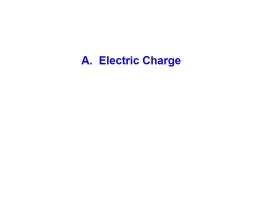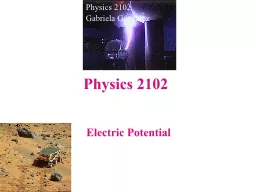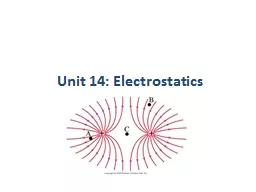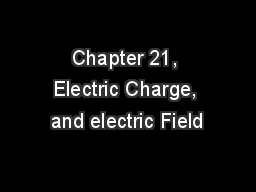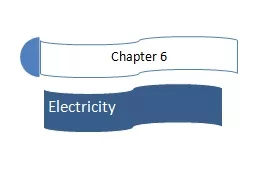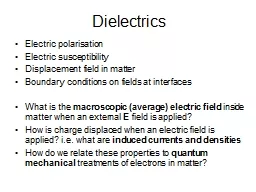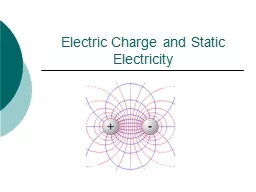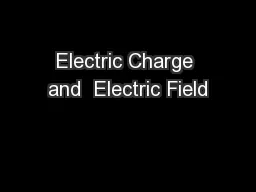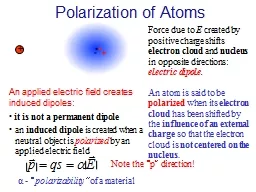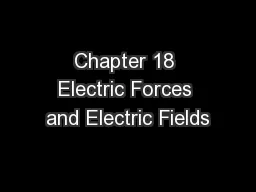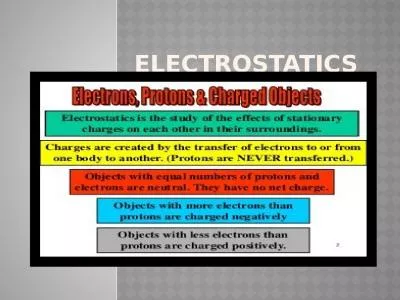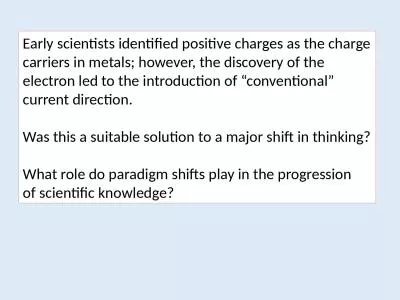PPT-A. Electric Charge 1. Type of Charges
Author : test | Published Date : 2018-11-06
p ositive n egative n eutral lack of charge 2 Source of charge The Atom All matter is made up of atoms Each atom contain a central nucleus The nucleus contains protons
Presentation Embed Code
Download Presentation
Download Presentation The PPT/PDF document "A. Electric Charge 1. Type of Charges" is the property of its rightful owner. Permission is granted to download and print the materials on this website for personal, non-commercial use only, and to display it on your personal computer provided you do not modify the materials and that you retain all copyright notices contained in the materials. By downloading content from our website, you accept the terms of this agreement.
A. Electric Charge 1. Type of Charges: Transcript
Download Rules Of Document
"A. Electric Charge 1. Type of Charges"The content belongs to its owner. You may download and print it for personal use, without modification, and keep all copyright notices. By downloading, you agree to these terms.
Related Documents

